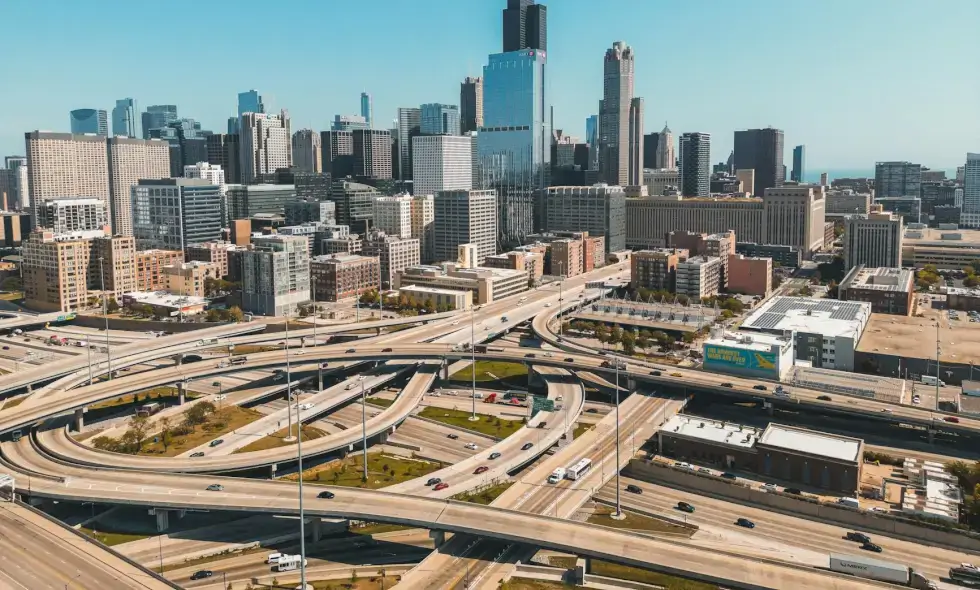The long-awaited "Black Sea" highway construction, which will connect Burgas and Varna, is expected to begin by the end of 2026 or at the latest in early 2027. This was reported today by the agency's president, Jordan Valchev, at the "International Connectivity – the Key to the Sustainable Growth of Bulgarian Tourism" conference. The event was organized by the National Tourism Board with the institutional partnership of the Ministry of Tourism. While no one today would guarantee the exact date for commissioning, the news regarding the projects is positive. This is particularly noteworthy given that the planning for the "Black Sea" began as early as 1971. At that time, the plan included a highway ring comprising five highways. According to Valchev, the Road Agency plans to announce a tender for expanding a four-lane road section between Burgas and Malko Tarnovo. The possibilities for duplicating the route between Varna and Dobrich are also under consideration.
Present at the conference was Zhivko Nedev, the president of the Bulgarian Chamber of Road Industry, who stated that the highway is primarily being built for tourist traffic purposes, and secondarily for transportation. In recent years, it has also come into focus as an environmental topic since the planned routes pass through protected areas. "Several options have been proposed, but only one roughly meets the ecological requirements. There are protected areas between Burgas and Varna, and the highway must either avoid these, which then ceases to serve tourism and instead becomes more of a domestic route, or pass through them while adhering to certain measures," he said. The "Black Sea" highway is of significant importance for tourism, given that maritime tourism generates about 70% of the revenue across sectors. According to last year's Eurostat data, approximately 39% of citizens traveling to another European Union country chose air travel for at least one night, while about 58% used road transport, and only around 3% opted for water transport. These data clearly show that land transport surpasses the others. Despite these facts being known for a long time, and even though the route is relatively short compared to other highways in the country, the construction has been delayed for decades.









